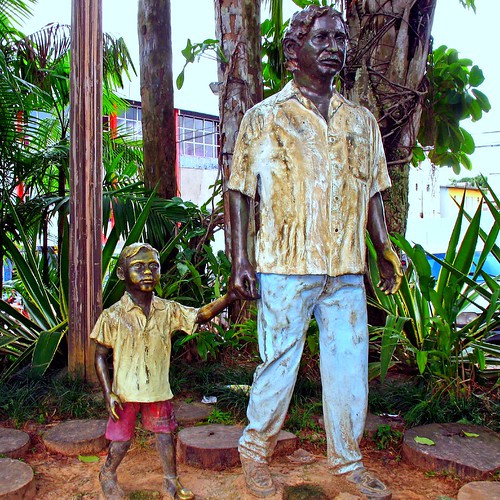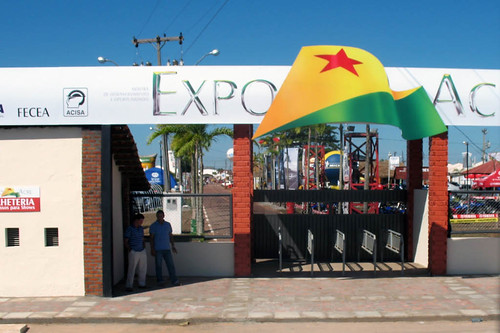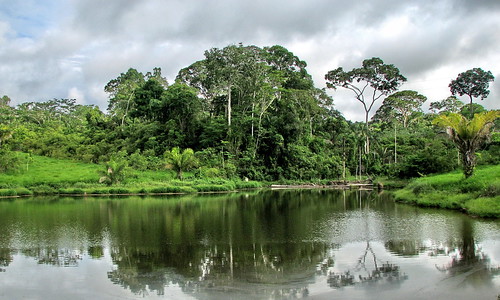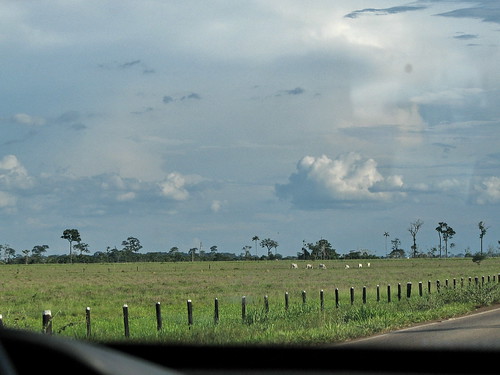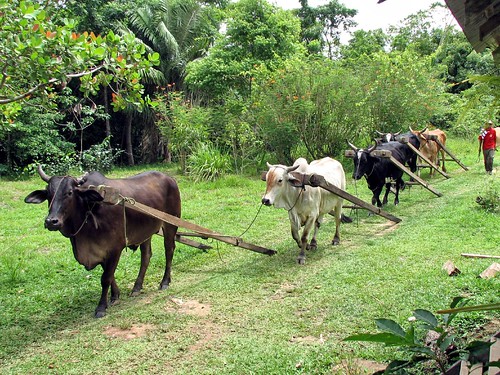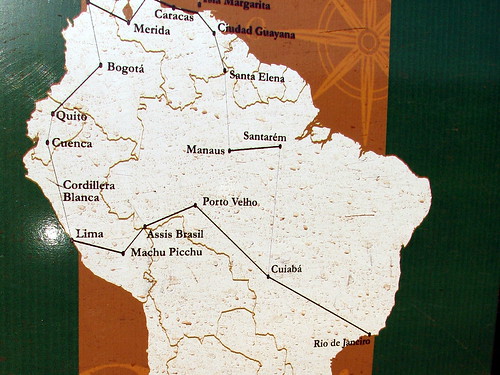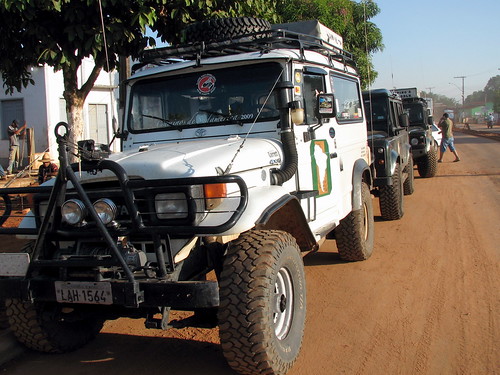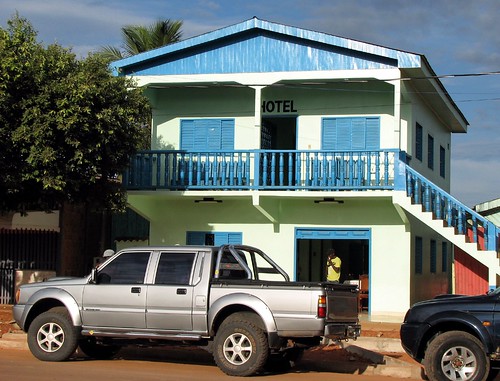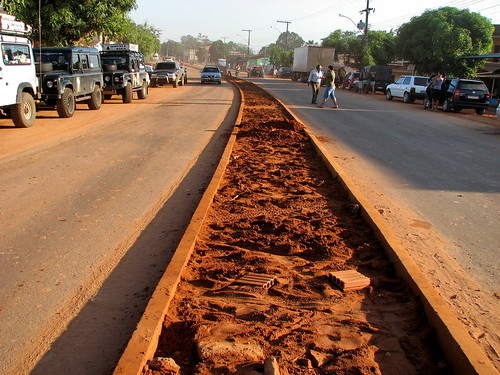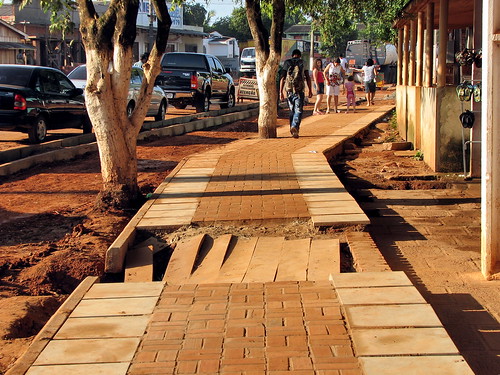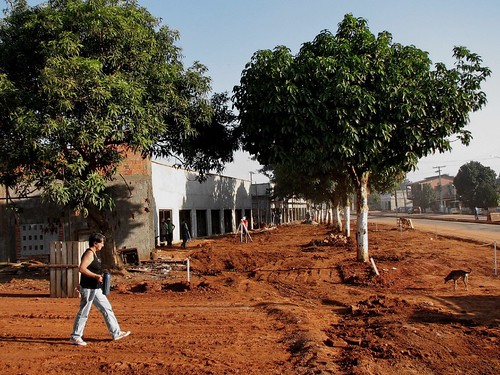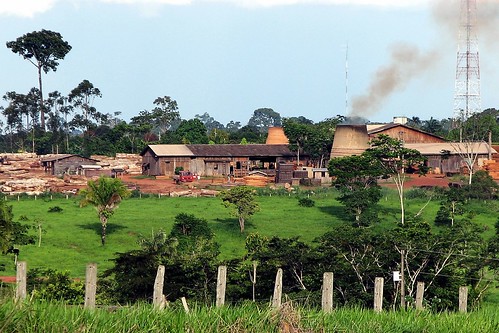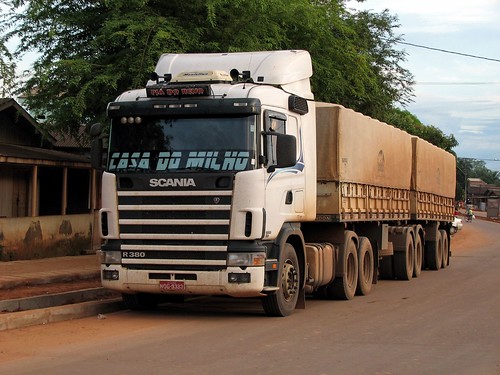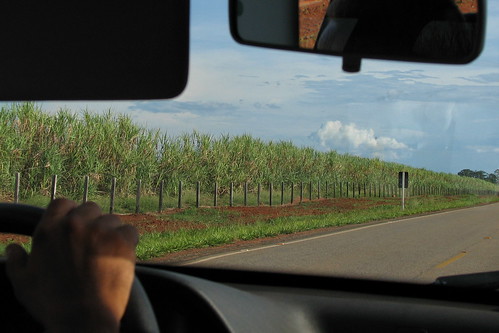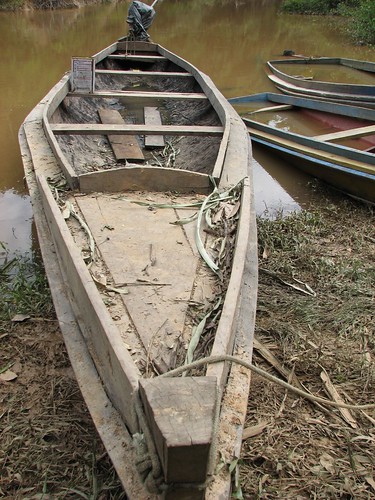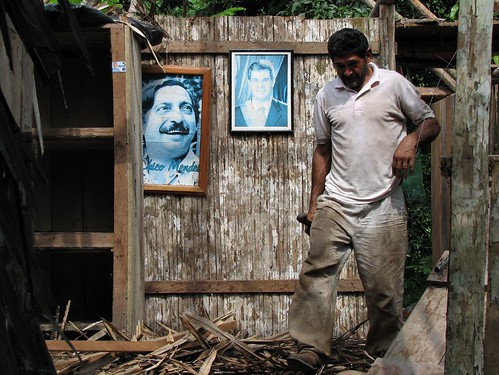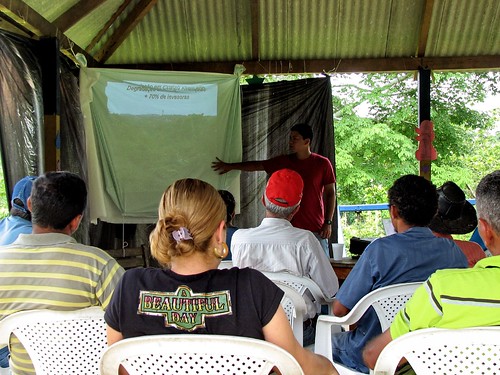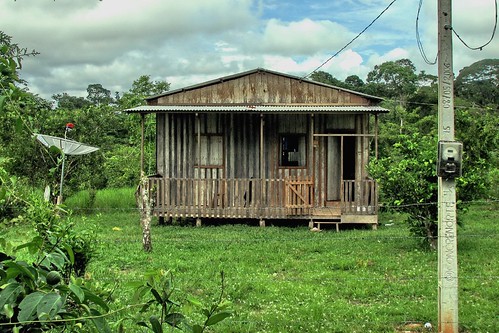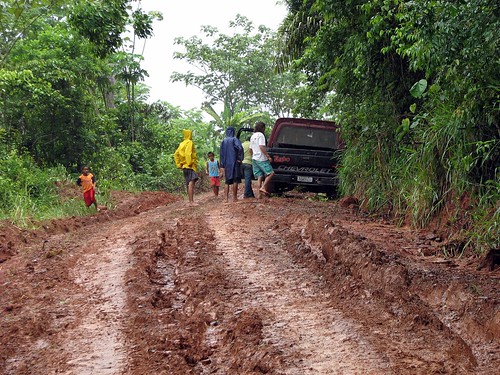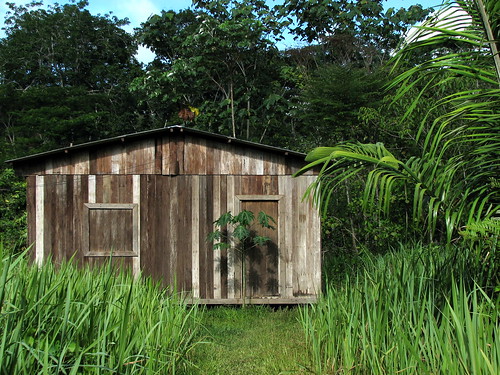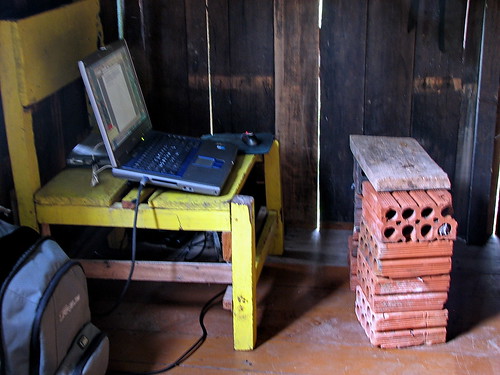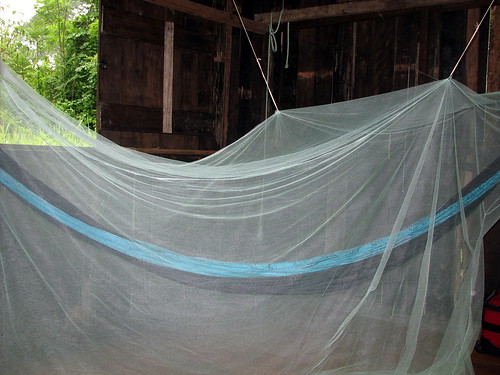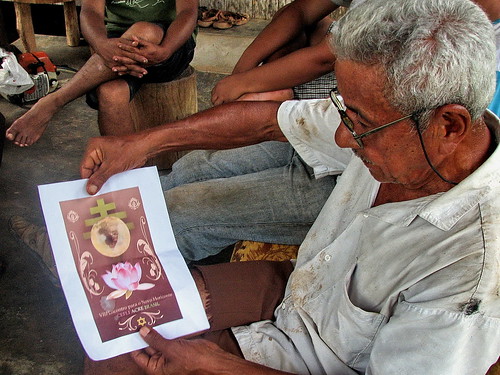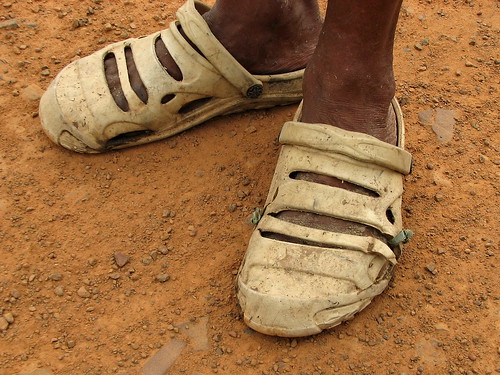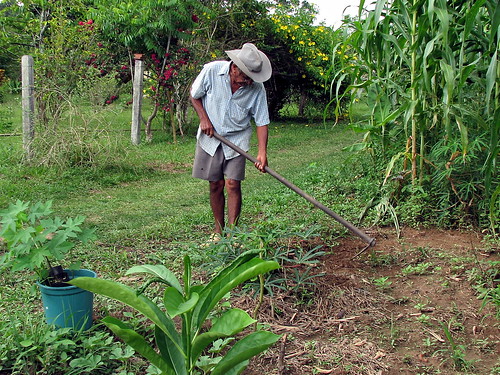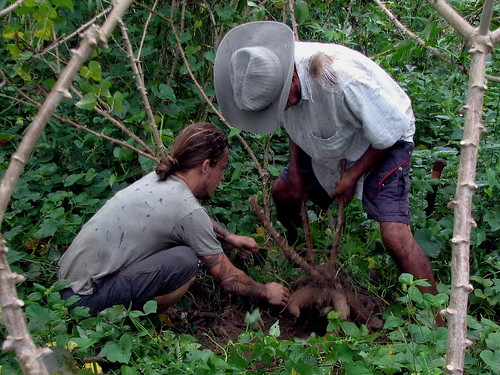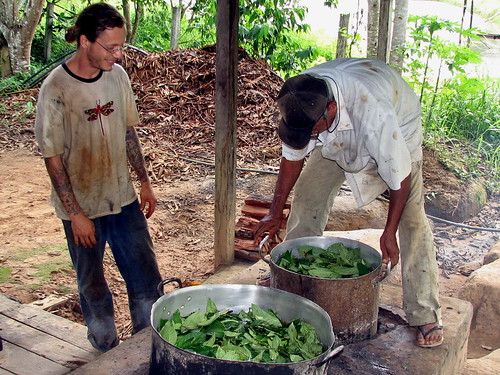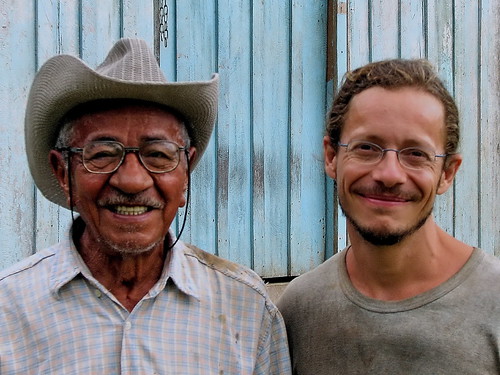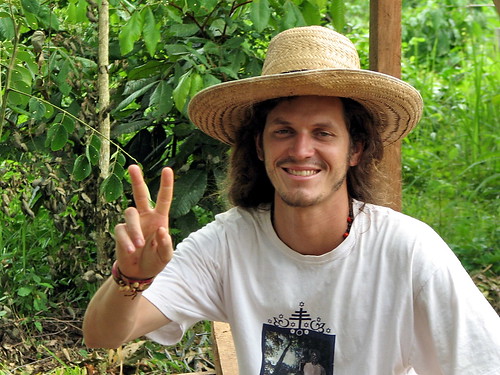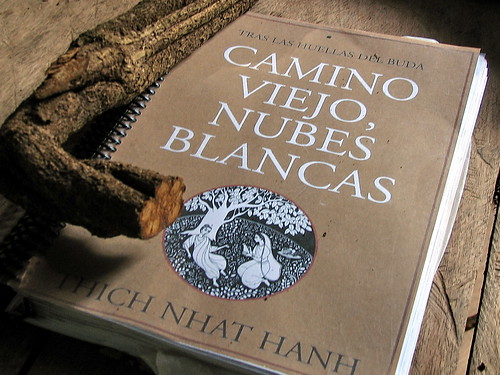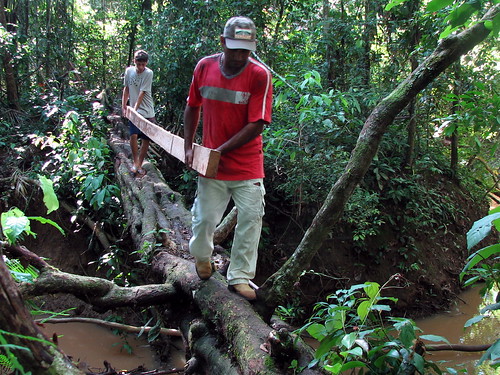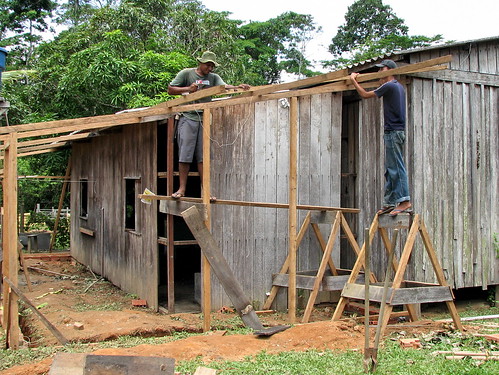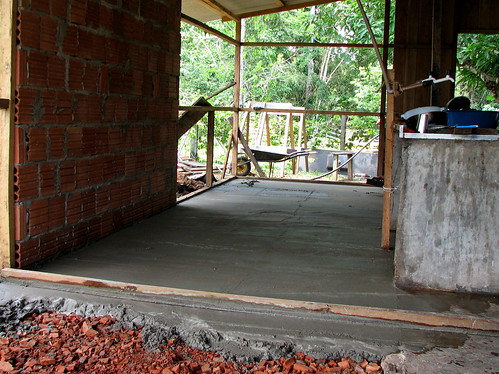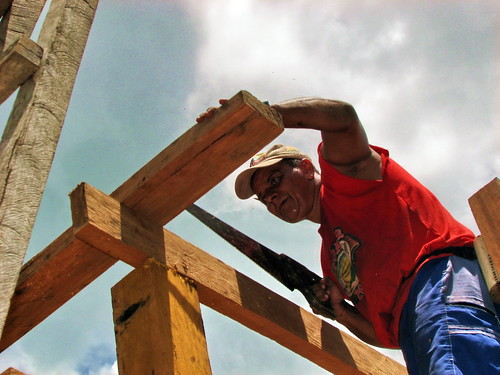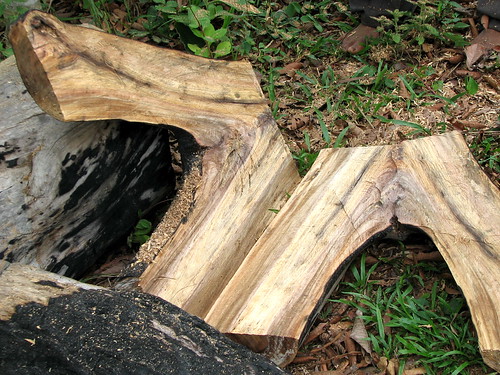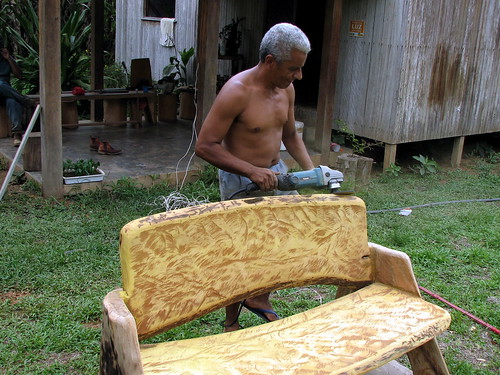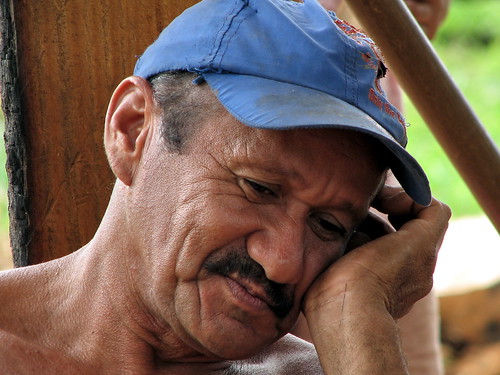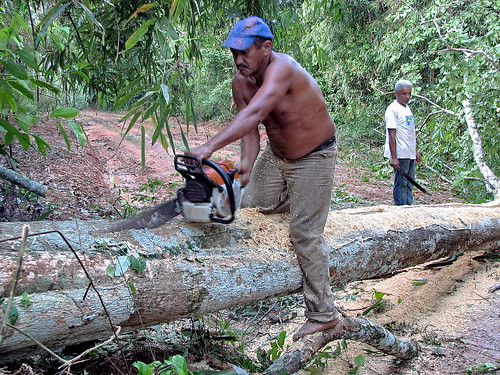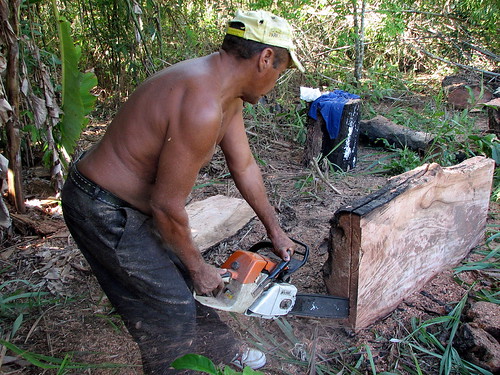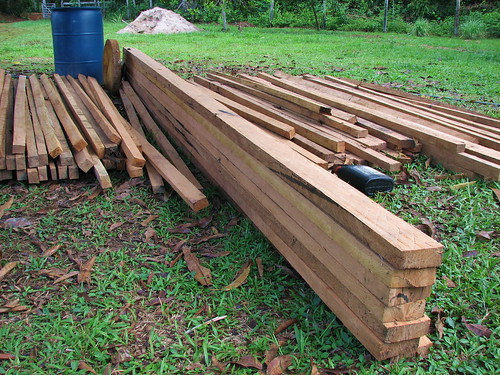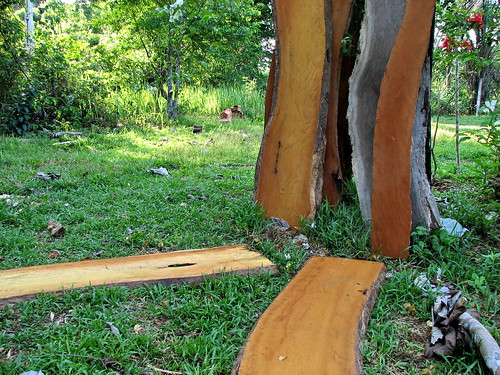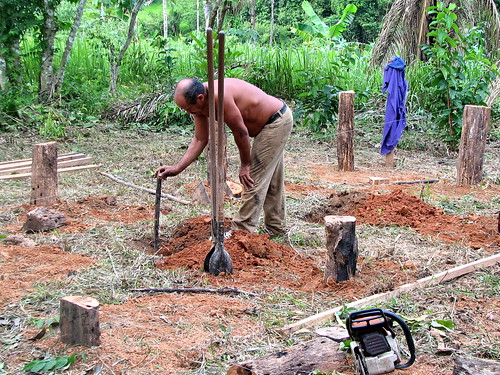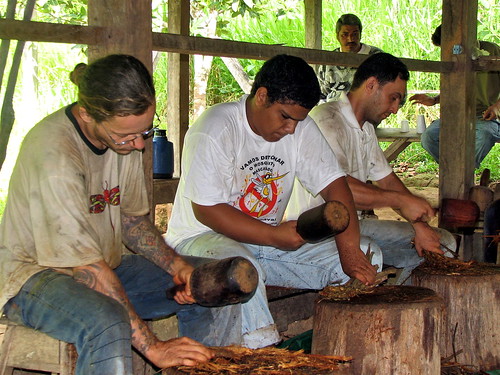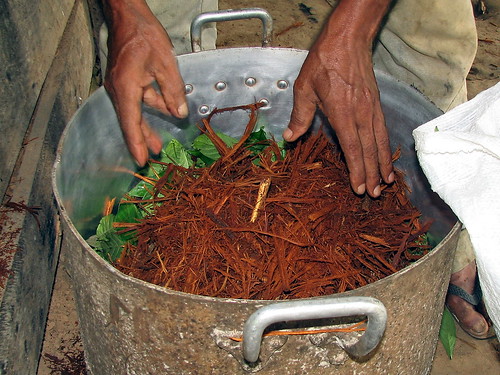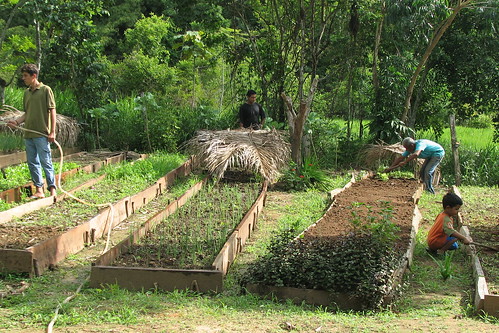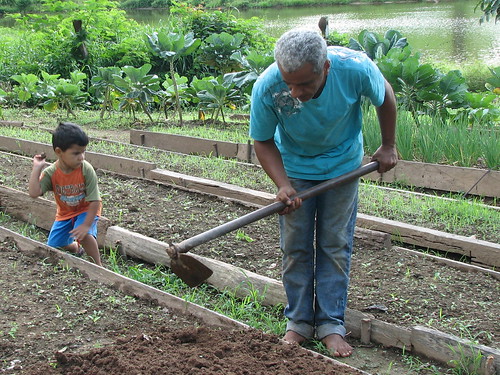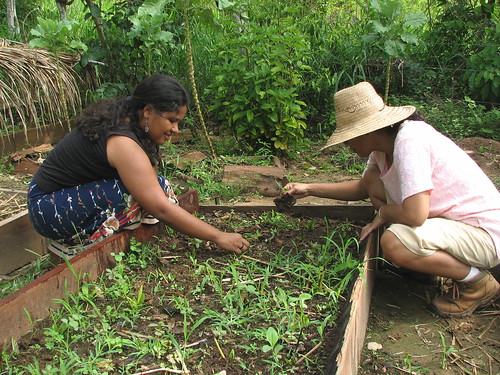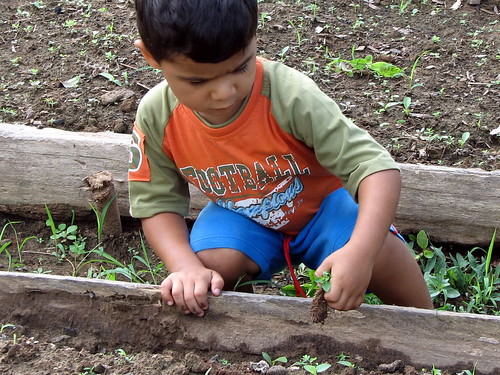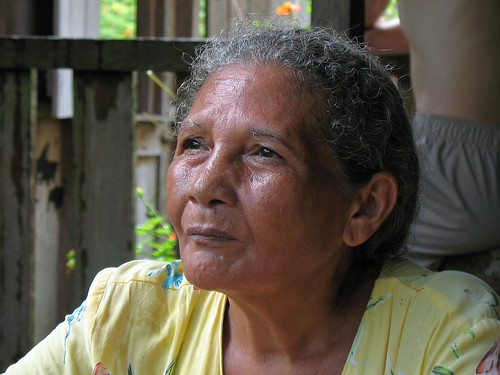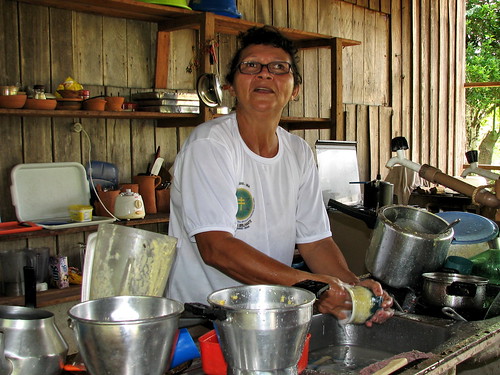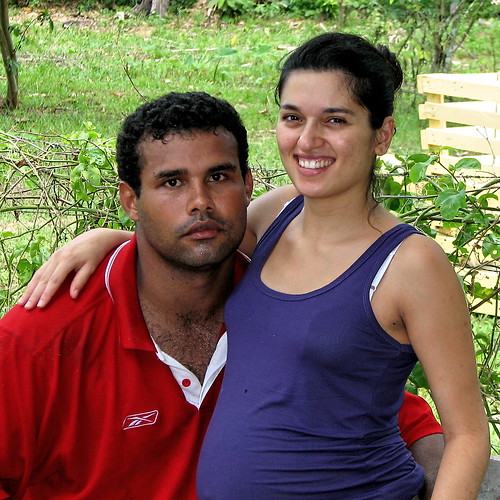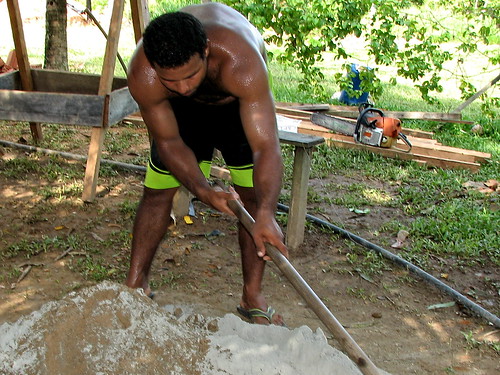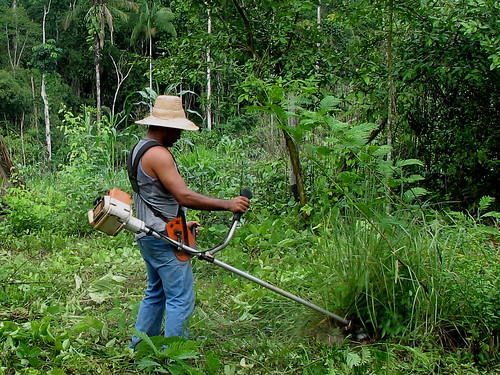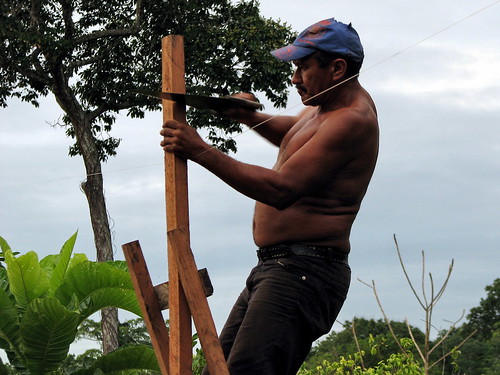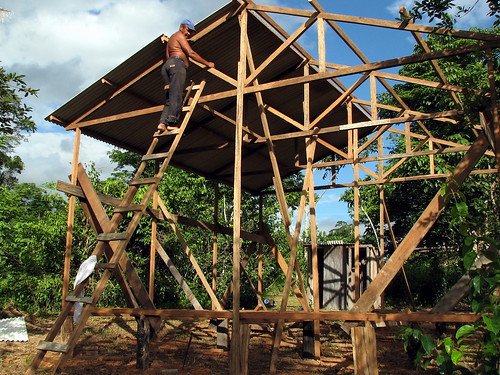 .
. Here's a summary of excellent articles and links assembled by the International Biochar Initiative
November and December 2008
New Articles
http://rs6.net/tn.jsp?t=jn7lhvcab.0.0.iunelpcab.0&p=http%3A%2F%2Ffw.farmonline.com.au%2Fnews%2Fstate%2Fforestry%2Fgeneral%2Foil-mallee-plan-released%2F1364777.aspx&id=preview
11-19-08, Farm News Online, Oil Mallee Plan Released - Australian Forestry Minister Terry Redman announces a plan for the oil mallee industry that includes biochar.
http://rs6.net/tn.jsp?t=jn7lhvcab.0.0.iunelpcab.0&p=http%3A%2F%2Fwww.guardian.co.uk%2Fenvironment%2Fethicallivingblog%2F2008%2Fnov%2F21%2Forganics-carbonemissions&id=preview
11-21-08, The Guardian, Finding a Solution to Soil's Carbon Problem - blogger Bibi van der Zee reports on the Soil Association conference, saying "If you'd told me a week ago that I would spend two days listening to people talk about soil carbon sequestration (and be gripped by it!) I would have laughed in your face."
http://rs6.net/tn.jsp?t=jn7lhvcab.0.0.iunelpcab.0&p=http%3A%2F%2Fwww.wickedlocal.com%2Forleans%2Ffun%2Fentertainment%2Fdining%2Fx776455263%2F&id=preview
11-21-08, Wicked Local Orleans, Backyard Grower Preserves Eastham Turnip Tradition. A Cape Cod organic grower uses biochar to produce impressive heirloom turnips.
http://rs6.net/tn.jsp?t=jn7lhvcab.0.0.iunelpcab.0&p=http%3A%2F%2Fsoutheastfarmpress.com%2Fnews%2Fagricultural-research-1128%2F&id=preview
11-26-08, Southeast Farm Press, Manure Shows Promise for On-Farm Fuel. Summary of a US Agricultural Research Service (ARS) study on producing biochar and other products from manure.
http://rs6.net/tn.jsp?t=jn7lhvcab.0.0.iunelpcab.0&p=http%3A%2F%2Fcornandsoybeandigest.com%2Fcorn%2Fblack_gold_soil_1108%2F&id=preview
11-30-08, The Corn and Soybean Digest , Black Gold - Susan Winsor's article is a general information piece on biochar and soil carbon that quotes scientists Bruno Glaser, David Laird and Johannes Lehmann.
http://rs6.net/tn.jsp?t=jn7lhvcab.0.0.iunelpcab.0&p=http%3A%2F%2Fwww.biomassmagazine.com%2Farticle.jsp%3Farticle_id%3D2217&id=preview
December 2008 Issue, Biomass Magazine, New Zealand Company Converts Wood to Charcoal. Anna Austin tells us of a new "microwave-assisted pyrolysis" technique called "Black Phantom," developed by New Zealand-based Carbonscape Ltd.
http://rs6.net/tn.jsp?t=jn7lhvcab.0.0.iunelpcab.0&p=http%3A%2F%2Fwww.theobserver.ca%2FArticleDisplay.aspx%3Fe%3D1325256&id=preview
12-02-08, The Observer, Plant Targets Farm Waste. Report on University of Western Ontario's launch of a pilot plant to turn agricultural waste into useful products, including biochar.
Top Tens
http://rs6.net/tn.jsp?t=jn7lhvcab.0.0.iunelpcab.0&p=http%3A%2F%2Fwww.guardian.co.uk%2Fenvironment%2F2008%2Fnov%2F27%2Frenewableenergy-energy&id=preview
11-27-08, The Guardian, The 10 Big Energy Myths. Businessman and climate-change commentator Chris Goodall has written a book called Ten Technologies to Save the Planet. Biochar is one of them and it commands a whole chapter in the book. This article is Goodall's summary of his book.
http://rs6.net/tn.jsp?t=jn7lhvcab.0.0.iunelpcab.0&p=http%3A%2F%2Fwww.newscientist.com%2Farticle%2Fdn16179-ten-ways-to-save-the-world.html&id=preview
12-02-08, New Scientist, Ten Ways to Save the World. Journalist Tamsin Osborne provides this summary of Chris Goodall's book.
http://rs6.net/tn.jsp?t=jn7lhvcab.0.0.iunelpcab.0&p=http%3A%2F%2Fwww.time.com%2Ftime%2Fmagazine%2Farticle%2F0%2C9171%2C1864279%2C00.html&id=preview
12-04-08, TimeMagazine, Carbon: The Biochar Solution. Lisa Abend produced a report on biochar, its origins in the Amazon and on IBI's recently profiled practitioner, Josh Frye, who is making biochar from chicken manure. The article quotes Bob Hawkins of Eprida, and scientists Tim Flannery, Dominic Wolfe and Johannes Lehmann. Some inaccuracies in the article will hopefully be corrected in a letter to the editor.
Projects and Initiatives
http://rs6.net/tn.jsp?t=jn7lhvcab.0.0.iunelpcab.0&p=http%3A%2F%2Fwww.thestar.com%2Farticle%2F548658&id=preview 12-06-08, The Toronto Star, A 'revolutionary' remedy for global warming. Reporter Peter Gorrie has a story on the inaugural meeting of the Canadian Biochar Initiative: "Next week, as 10,000 delegates in Poland wrap up another inconclusive United Nations conference on climate change, a small group will gather in Montreal to try to actually do something about the problem."
http://rs6.net/tn.jsp?t=jn7lhvcab.0.0.iunelpcab.0&p=http%3A%2F%2Fwww.chron.com%2Fdisp%2Fstory.mpl%2Fheadline%2Fmetro%2F6158073.html&id=preview 12-10-08, Houston Chronicle, Team from Rice wins $10,000 in 'Recycle Ike' Contest. Carolyn Feibel reports that a team of students and scientists from Rice University has won a $10,000 prize for finding a way to use all the wood waste generated by hurricane Ike. The winning idea is biochar. The Rice team will use the money to build a pilot bioreactor for making biochar.
http://rs6.net/tn.jsp?t=jn7lhvcab.0.0.iunelpcab.0&p=http%3A%2F%2Fwww.novanewsnow.com%2Farticle-275289-White-Rock-student-heads-to-Poland.html&id=preview
Poznan, 11-23-08, King County Advertiser, White Rock Student Heads to Poland. Biochar in Poznan coverage kicked off with this article about Canadian Youth Delegation member Thea Whitman. Thea is doing post-graduate work on biochar at Cornell University and is starting a biochar cook stove project in Kenya "with a view to incorporate this process into the Kyoto protocol (or its successors) Clean Development Mechanism."
http://rs6.net/tn.jsp?t=jn7lhvcab.0.0.iunelpcab.0&p=http%3A%2F%2Fwww.reuters.com%2Farticle%2FscienceNews%2FidUSTRE4B45KB20081205&id=preview
12-05-08, Reuters, Scientist Says Ancient Technique Cuts Greenhouse Gas. Gerard Wynn reports from Poznan with a basic background piece on biochar and the IBI.
http://rs6.net/tn.jsp?t=jn7lhvcab.0.0.iunelpcab.0&p=http%3A%2F%2Fwww.independent.co.uk%2Fenvironment%2Fclimate-change%2Fancient-skills-could-reverse-global-warming-1055700.html&id=preview
12-07-08, The Independent, Ancient Skills 'Could Reverse Global Warming.' Geoffrey Lean, Environment Editor, reports on a new biochar project by Craig Sams and Dan Morrell planned for Belize and Sussex, and discusses biochar in the context of the climate talks in Poznan.
http://rs6.net/tn.jsp?t=jn7lhvcab.0.0.iunelpcab.0&p=http%3A%2F%2Fwww.treehugger.com%2Ffiles%2F2008%2F12%2Fbetting-on-biochar-to-break-the-co2-imbalance.php&id=preview 12-07-08, Treehugger, Betting on Biochar to Solve Our Super CO2 Imbalance. This top eco blog has a report from April Streeter on the scene in Poznan covering biochar, the IBI, and a new biochar venture.
http://rs6.net/tn.jsp?t=jn7lhvcab.0.0.iunelpcab.0&p=http%3A%2F%2Fnews.mongabay.com%2F2008%2F1210-africa.html&id=preview
12-10-08, Mongabay.com, Africa Calls for "Full-Range" of Bio-Carbon as Climate Solution. This article says, "The African Climate Solution - a partnership launched at the current climate talks in Poznan, Poland - seeks payments from industrialized nations for efforts by developing countries to sequester carbon through land use practices." Biochar is identified as one of the practices.
http://rs6.net/tn.jsp?t=jn7lhvcab.0.0.iunelpcab.0&p=http%3A%2F%2Fwww.marketwatch.com%2Fnews%2Fstory%2FDangerous-Sea-Level-Rise-Imminent%2Fstory.aspx%3Fguid%3D4A4237D2-E49F-4E36-BF6F-632232ED133E&id=preview
12-11-08, MarketWatch.com, Dangerous Sea Level Rise Imminent Without Large Reductions of Black Carbon and Implementation of Other Fast-Action Mitigation Strategies. MarketWatch ran this report from the Institute for Governance & Sustainable Development on important developments at Poznan regarding fast action on climate change and the role of biochar. As an island nation facing rising seas, the Federated States of Micronesia has called for the use of biochar as a "key piece of the fast-action strategy" that can be deployed immediately to begin backing away from climate tipping points.
James Hansen, "Target Atmospheric CO2: Where Should Humanity Aim?"
Wardle et al article in Science "Fire-Derived Charcoal Causes Loss of Forest Humus"
Lehmann and Sohi Technical Comment Response to Wardle 2008 Science Article
Wardle et all Response to Lehmann/Sohi Technical Comment in Science
September 2008 National Geographic article "Our Good Earth" includes Terra Preta and charcoal. For the complete article, see: http://ngm.nationalgeographic.com/2008/09/soil/mann-text
More Carbon for Soils More Carbon for Crops - Carbon Negative Farming with Bio CharBeyond Zero Emissions interviews Dr Lukas Van Zwietan, senior research scientist of the NSW Department of Primary Industries (DPI), on biochar. To link to the interview or listen to the podcast, click here.
Listen to National Public Radio (NPR) article: Charcoal May Help Improve Soil Quality from April 11, 2008. Researchers say that adding charcoal to soil may provide more benefits for long-term soil quality than compost or manure....to hear the complete story, Click here
Photo courtesy of Richard Haard
Charcoal in agriculture: Experimental research at Fourth Corner Nurseries: Link to the article by Richard Haard.
http://terrapreta.bioenergylists.org/haard4cncharcoalreportjan07
and a followup piece here:
http://terrapreta.bioenergylists.org/haard4cncharcoalreportjan11
Stephan M Haefele, "Black Soil, Green Rice", Rice Today Magazine, 2007
The Australian Broadcast Corp (ABC) recently aired a segment on Agrichar on Thursday, August 23, 2007 at 8:00 pm. See the ABC Catalyst website for more information by clicking here. The link contains an article, the 11 minute segment, and a transcript of the program. Much of the program was filmed during the 2007 IAI Conference in Terrigal, NSW, Australia.
Johannes Lehmann, "Bio-energy in the Black", Frontiers in Ecology, 2007
Kelpie Wilson, "Terra Preta", Yoga and Joyful Living Magazine, Sept/Oct 2007
Rebecca Renner, "Rethinking biochar", Environmental Science and Technology, September 2007
Johannes Lehmann, "A Handful of Carbon", Nature Magazine, May 2007
"Scientific American Special Report: Inspired by Ancient Amazonians, a Plan to Convert Trash into Environmental Treasure"
Link to Waste Management and the Environment, February 2007, by Ron Wainberg and Adriana Downie: "The Pay Dirt of El Dorado"
Emma Marris, Nature Magazine 2006, "Black is the New Green"
Lehmann, Gaunt and Rondon, "Bio-char Sequestration in Terrestrial Ecosystems--A Review", 2006
Letters to the Editor in Response to Nature 2006 Article
B. Harder, "Smoldered Earth Policy", Sciencenews.org, 2006
David Chandler, "Down-to-earth Fix for the Carbon Crisis", New Scientist, 2006
Yvonne Baskin, Notes from the 2006 AAAS Annual Meeting
The International Biochar Initiative. http://www.biochar-international.org/.

